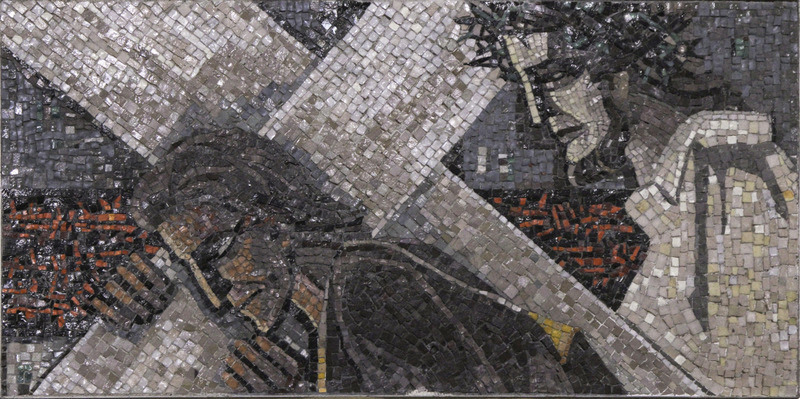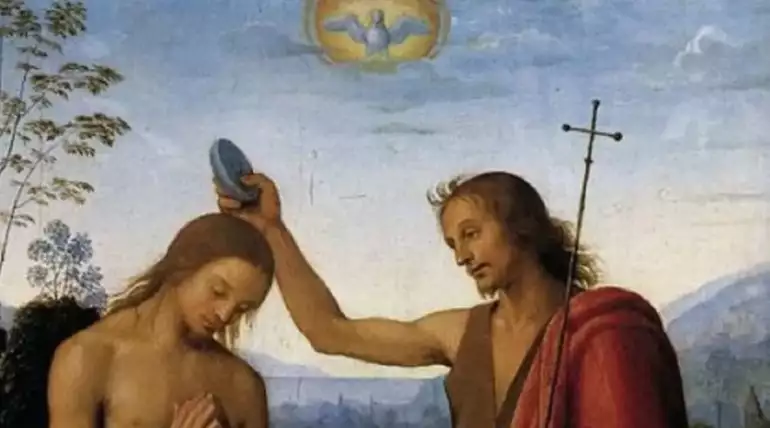22nd SUNDAY A
Jesus had the gift of saying things directly and plainly, with a power to penetrate our defences and lead us to a new awareness. The conventional thinking of the time was that the Messiah would take power away from the Romans and restore it to Israel, and he would drive the priests from the Temple and be anointed King of Israel there and then. For us today, as for his disciples at that time, following Jesus means we have to sacrifice some of our conventional ways of thinking and acting. Each of us must decide what he is asking of us now. What plans or projects we must set aside? What personal sacrifices must we make?
If anyone wants to be a follower of mine, let him renounce himself, take up his cross and follow me. The cross is a sign both of Christ himself and of the faith of Christians. The cross is intrinsic to Christianity just as suffering is intrinsic to humanity. It is central to who we are. We can’t escape suffering. We can accept the pains of life like a cheerful giver (2 Cor 9: 6-7), or like a bitter old crank who pulls everyone down. There are times when the cross may be God’s gift to us, but not seen or accepted immediately as his gift and blessing. Accepting the cross may mean occasionally having to give up something we find life-giving. The cross often calls us to live in the faith and trust that God sees possibilities for us that are far beyond what we can imagine. To carry one’s cross is to wait for God’s plan, patiently accept the things we cannot change and listen to the Spirit.
A six-pointed star, a crescent moon, and a lotus are symbols of the three non-Christian religions and they suggest beauty and light. The symbol of Christianity is an instrument of death, but it is a symbol of hope. For us believers, hope is ultimately hope in Christ. The hope that he really is who and what for centuries we have been claiming he is. The hope that despite the fact that sin and death rule the world, he somehow conquered them. The hope that in him and through him all of us stand a chance of somehow conquering them too. “If Christ has not been raised, your faith is futile,” he wrote to the Corinthians. “If for this life only we have hoped in Christ, we are of all peoples the most unfortunate” – 1 Cor 15: 17-19.
To gaze in silent prayer at the Crucified One is to become inwardly changed, inwardly softened toward all suffering. Such transformation is slow and we find ourselves slowly led to bless and forgive those who have ever hurt us. As we continue to pray silently and wordlessly we come to realize that God has always been gentle and kind towards us. To pray before the Crucified One is to experience something of how God loved us so much that he sent his only Son who emptied himself of everything even to accepting death on a cross, and then to be raised up to the glory of God the Father – John 3: 15 and Phil 2: 6-11. He is the basis of our hope. This is a reality that’s meant to be experienced as well as believed by us.
Fr QQ – 08/30/2023



